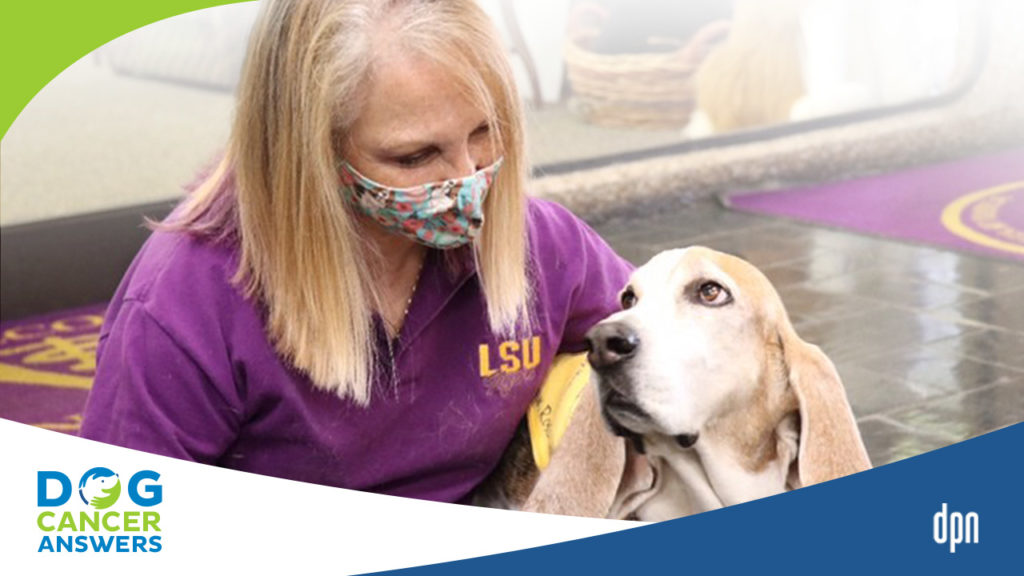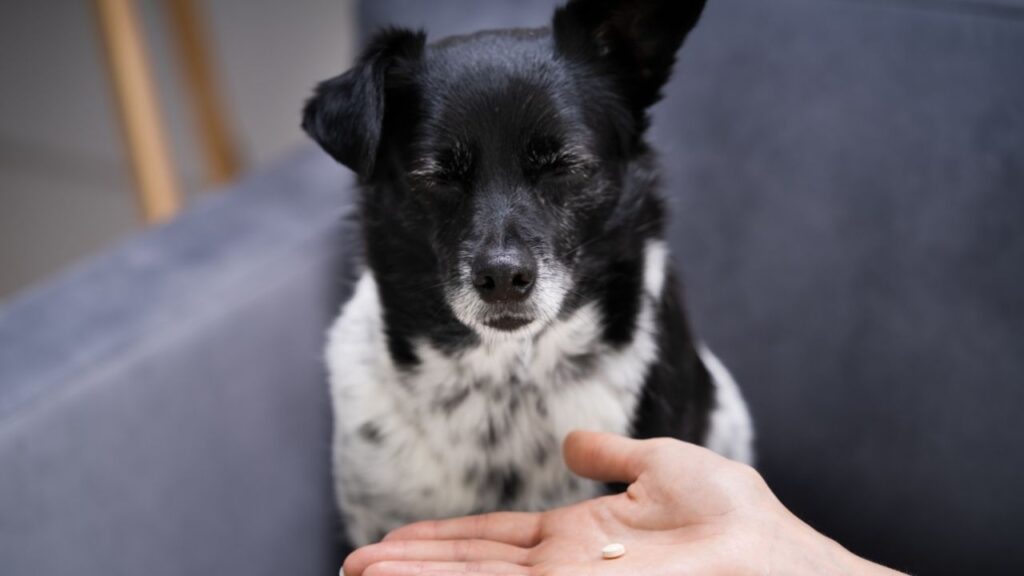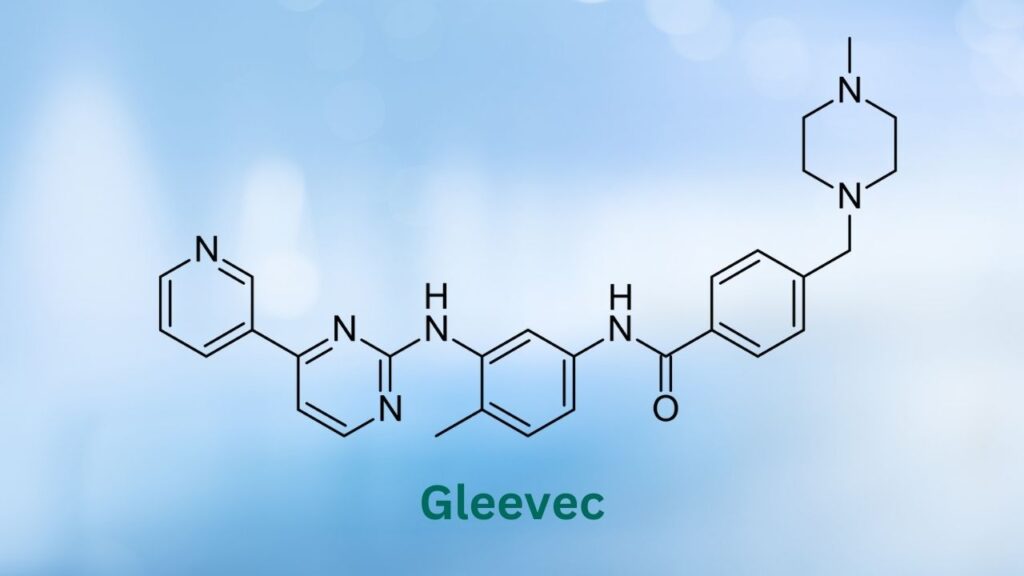An NSAID in use since 1972, veterinarians also use piroxicam for dogs with bladder cancer for its anti-cancer effects.
Key Takeaways
- Piroxicam does not cure bladder cancer. However, it can slow progression and increase your dog’s comfort.
- Piroxicam does not make dogs sleepy.
- Piroxicam reaches peak levels in the blood about 3 hours after being taken orally.
- Like all other non-steroidal anti-inflammatory drugs (NSAIDs), piroxicam can cause kidney damage.
Piroxicam: NSAID with Anti-Cancer Effects
Piroxicam was first discovered in 1972 and introduced to the drug market in 1982 as an anti-inflammatory drug.1
Since that time piroxicam has also been found to have anti-tumor effects in a variety of cancers in dogs. This oral medication can be well tolerated and very beneficial in the fight against certain cancers.
What Is Piroxicam for Dogs
Piroxicam is a non-steroidal anti-inflammatory medication that also has been found to have an antitumor effect.2
Piroxicam is made into 10 and 20 mg capsules.2 It can be compounded into smaller or larger dose capsules.
Brand Names
Piroxicam is a human-labeled product with no veterinary counterpart.2 The brand name for piroxicam is Feldene®, but generic prescription versions of piroxicam are available.2 Other names for piroxicam are CP-16171, piroxicanum or PIRO.2
How Piroxicam for Dogs Works
Piroxicam is a non-steroidal anti-inflammatory drug (NSAID). NSAIDs reduce inflammation, reduce fevers, and provide pain management.
Piroxicam also has an antitumor effect by acting on the immune system and reducing the formation of new blood vessels to the tumor (antiangiogenesis).3
Piroxicam also has been found to enhance the effect of vinblastine when treating transitional cell carcinoma of the bladder.3
Common Uses of Piroxicam for Dogs
Piroxicam is commonly used in the following cancers:
- Transitional Cell Carcinoma (TCC) of the bladder:4,5 Many studies have found that piroxicam use benefits dogs with TCC by lengthening survival times and improving quality of life.
- Squamous Cell Carcinoma of the mouth:6 A study in 2001 in 17 dogs found that piroxicam had a more positive response rate compared to other treatments.6
- Nasal tumors:7,8 Many studies have found that piroxicam benefits dogs with nasal tumors by lengthening survival times and improving quality of life.
When to Not Use Piroxicam for Dogs
Administration to pregnant dogs may result in delayed birth or stillbirth.2
The following drugs have been found to interact with piroxicam. However, this does not mean that they should not be given together. Doses or timing might be adjusted to accommodate your dog’s other medications if necessary. If your dog takes any of these medications, be sure to consult with your veterinarian and be sure that it is appropriate for your dog to receive piroxicam:2
- ACE inhibitors
- Aminoglycosides
- Angiotensin receptor blockers
- Anticoagulants
- Aspirin
- Oral bisphosphonate
- Cisplatin
- Clopidogrel
- Corticosteroids
- Cyclosporine
- Digoxin
- Diuretics
- Methotrexate
- Serotonin reuptake inhibitors
- Tacrolimus
- Tricyclic antidepressants
If your dog has a known gastrointestinal disease or a predisposition to gastric ulceration, you should discuss this with your veterinarian before starting on piroxicam.
How to Give Piroxicam for Dogs
Piroxicam is an oral medication that is best given with food to prevent gastrointestinal upset.2
Piroxicam can be given once a day to every other day as long as your veterinarian prescribes, and no side effects are evident (see below).2
What If I Miss a Dose?
If you miss a dose, contact your veterinarian and be sure it is appropriate to administer the missed dose or wait and return to the normal dosing schedule.
Storage and Handling
Capsules should be stored at <86F in light-resistant container.2
Side Effects
Like all NSAIDs, piroxicam can cause gastrointestinal upset (nausea, vomiting, diarrhea) and gastrointestinal ulcers. Decreased platelet function can occur as well.2
Seizures (and other neurological signs), liver disease, renal (kidney) damage, hyperkalemia, heart failure, and peripheral edema have been reported in people and are possible side effects in dogs.2
Roscoe the Bassett Hound fought prostate cancer for 21 months, and his mom is sharing everything she learned that helped him thrive on this True Tail episode of DOG CANCER ANSWERS.
- de Miranda AS, Bispo Júnior W, da Silva YK, Alexandre-Moreira MS, Castro Rde P, Sabino JR, Lião LM, Lima LM, Barreiro EJ. Design, synthesis, antinociceptive and anti-inflammatory activities of novel piroxicam analogues. Molecules. 2012 Nov 28;17(12):14126-45. doi: 10.3390/molecules171214126. PMID: 23192189; PMCID: PMC6268254.
- Plumb DC. Piroxicam. Plumb’s Veterinary Drugs. https://app.plumbs.com/drug-monograph/vTu5mODx1yPROD. Updated March 2020. Accessed December, 2022.
- Knapp D, Ruple-Czerinak A, Ramos-Vara J, et al. A Nonselective Cyclooxygenase Inhibitor Enhances that Activity of Vinblastine in a Naturally-Occurring Canine Model of Invasive Urothelial Carcinoma. Bladder Cancer.2016:(2):241-250.
- Knapp D, Richardson R, Thomas C, et al. Piroxicam Therapy in 34 Dogs with Transitional Cell Carcinoma of the Bladder. J Vet Intern Med 1994; 8:273-278.
- Greene S, Lucroy M, Greenberg C, Bonney P, Knapp D. Evaluation of cisplatin administered with piroxicam in dogs with transitional cell carcinoma of the urinary bladder. Journal of the AVMA. 2007 Oct 1;231(7):1056-60.
- Schmidt B, Glickman N, DeNicola D, Gortari A, et al. Evaluation of piroxicam for the treatment of oral squamous cell carcinoma in dogs, Journal of the AVMA, 2001;218(11), 1783-1786.
- Langova V, Mutsaers A, Phillips B, Straw R. Treatment of eight dogs with nasal tumours with alternating doses of doxorubicin and carboplatin in conjunction with oral piroxicam. Australian veterinary journal. 2004; 82(11):676-80.
- De Vos J, Ramos Vega S, Noorman E, De Vos P. Primary frontal sinus squamous cell carcinoma in three dogs treated with piroxicam combined with carboplatin or toceranib. Veterinary and comparative oncology. 2012;10(3):206-13.
Feldene® is a registered trademark of Pfizer Inc.
Topics
Did You Find This Helpful? Share It with Your Pack!
Use the buttons to share what you learned on social media, download a PDF, print this out, or email it to your veterinarian.









